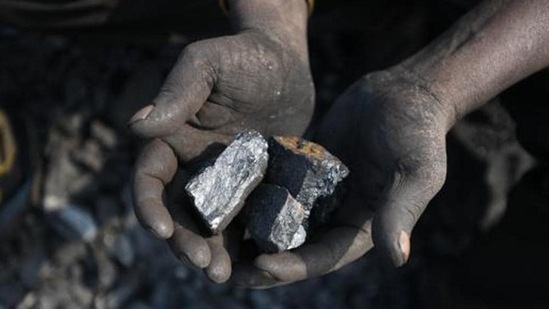Three interlinking factors that explain the coal crisis
The current crisis can be explained by a demand surge, supply disruptions and dysfunctional cash flow.
India was hit by a power crisis last week, when the daily peak power shortage rose to 10,778 MW (April 28) and the energy deficit reached 5% at the national level, with some states experiencing steep deficits of up to 15%. Consequently, discoms resorted to load-shedding, resulting in long hours of outage for many households and rationed supply for economic activities.

In October 2021, India experienced a similar crisis induced by coal shortages. Monsoon-induced coal shortages and power crises are annual events in Indian electricity. However, an early summer power shortage, as seen this time, is unprecedented. The current crisis can be explained by three interlinked factors: A demand surge, supply disruptions and dysfunctional cash flow.
First, the heatwave and revival of economic activities after Covid-19 disruptions propelled electricity demand. In April 2022, average daily energy requirement increased to 4,512 million units (MU) from 3,941 MU in April 2021, registering a 14.5% growth, compared to average year-on-year growth of around 5%. The jump from March to April was 6.5%. With 236 GW of thermal power plants (TPPs) running at 59% capacity utilisation, much below their capability, India could have managed this demand surge by ramping up thermal generation. Thus, the crisis is not a problem of generation infrastructure.
Second, the TPPs’ inability to ramp up power generation is explained by critical coal stockpile levels at plant sites. While TPPs are required to maintain stockpiles approximating two-three weeks of fuel needs, more than 100 plants are operating with fuel stocks below 25% of the required level, and over half of these have stocks below 10%.
Does this imply a coal production problem? Not really. In 2021-22, Coal India (CIL) increased its production by 4.4% and its supply to the power sector by 21.4%. CIL has 56.7MT coal ready to dispatch, enough to fuel the TPPs for three weeks. However, the coal didn’t reach plants on time, partly due to a shortage in railway wagons. Inflation in imported coal prices also had some impact. Power production from 17GW TPPs, which run only on imported coal, has slowed down. The Centre capped imported coal to 10% for another 72GW plants that require blending with domestic coal. Cost implications are a deterrent for the utilisation of imported coal-fired TPPs.
The third factor is a cash flow problem in the electricity sector. The inability of discoms to recover costs has resulted in outstanding dues of over ₹1 lakh crore to power generation companies. Consequently, gencos default on payments to CIL.
At the root of the current crisis lie multiple structural fault lines. First, the chronic insolvency of discoms has disrupted upstream supply chains. This has been a longstanding policy priority but fixing this through prepayment, cost recovery and bailouts is misplaced. It creates no incentives to plan fuel reserves for a sudden demand surge. Second, utilities do not undertake effective resource planning that allows them to keep everyone’s lights on. Instead, given legacy shortages, political and economic expediencies have historically determined whose lights stay on. Finally, periodic power shortages and their management have been opportunities to leverage political legitimacy. With every crisis, states blame the Centre for faulty coal allocation and dispatch, and the Centre blames states’ inability to pay upstream suppliers. The result is band-aid solutions to suppress the crisis rather than fixing structural fault lines.
The risks with the current, short-term approach are twofold. First, early summer shortage is unprecedented, but not unforeseeable, and may be part of a pattern. The annual power shortages, which has generally been a month-long post-monsoon phenomenon, could turn into prolonged seasonal shortages. Second, a knee-jerk reaction to the current crisis may generate pressures to redirect investments to fossil resources, risking long-term energy transition consistent with India’s efforts on climate action.
The shortages testify that coal dependency is neither predictable nor cheap. A strategic approach to the energy transition that harnesses the low-cost power promise of renewable energy and opportunities for diversification in energy mix is critical to address persisting power shortages. Policy focus should be on long-term structural solutions that address distribution financial viability and a robust mechanism for resource planning. That will depend on alignment of political conditions with long-term reforms and achievement of energy transition goals.
Ashwini K Swain is a fellow, Centre for Policy Research
The views expressed are personal
Continue reading with HT Premium Subscription




